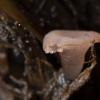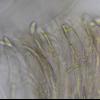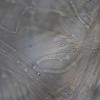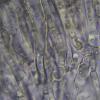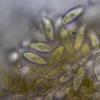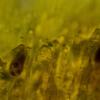
31-12-2025 19:27
Collected from loamy soil, at waterside (completel

30-12-2025 16:44
Pascal DucosBonjour,Une anamorphe rose stipitée, très nombre

30-12-2025 17:14
 Bernard CLESSE
Bernard CLESSE
Bonjour à toutes et tous,Pourriez-vous aider Albe

29-12-2025 10:15
Hulda Caroline HolteHello, I found and collected this propoloid ascom

30-12-2025 09:04
Hello.A Pyrenomycete sprouting sparsely but very d

29-12-2025 17:44
Isabelle CharissouBonjour,J'aimerais savoir si d'autres personnes au

12-11-2021 00:03
Lepista ZacariasHi everybody,A week ago in my fiels trip I noticed
Ombrophila rivulorum?
Johan Myhrer,
21-09-2018 15:10
Central sweden in a marsh by a shallow lake I found a few of these highly gelatinous discs on wet decomposed debris (mostly Carex and Typha) on the very wet ground. Key in Ellis & Ellis led me to Ombrophila violacea which seemed close enough to begin with, spore size a little big though and only small LBs in spores. So I began digging in "archives" and O. rivulorum was a good fit. Or maybe its O. violacea anyway? The latter automatically being changed into O. janthina in Swedish database Dyntaxa. Can't be right can it?
Spores: ~13-14,5x4-5,5µm (IKI+ with 2 red spots)
Asci IKI+ blue apically
Medulla very loose and with small chrystals.
/Johan Myhrer
Hans-Otto Baral,
21-09-2018 21:40

Re : Ombrophila rivulorum?
IthinkO.rivulorum is excluded because of the lacking large LBs, but my folder rivulorum without large LBs could fit. AlsoO. translucens seemsto be very similar.



